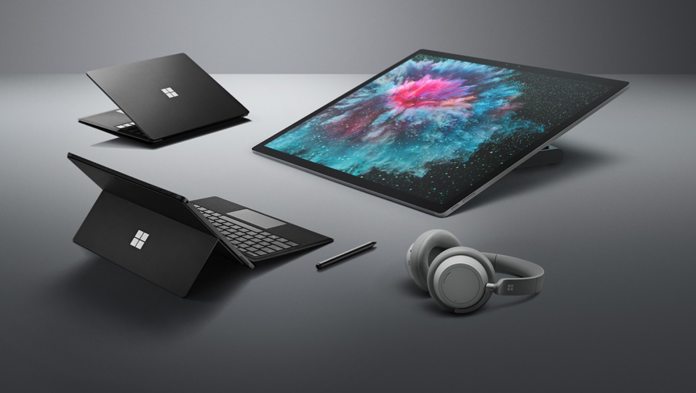Panay has become synonymous with the rise of the Surface hardware brand. He led the division from a failing idea to a diverse product group enjoying success. As the integration of Windows and hardware suggests, the two are now more closely linked than they have ever been before. I will personally stop short of saying the success of Windows is now tied to Surface. Some outlets have pushed that reasoning and I can see why. However, Microsoft’s Windows division is still very much rooted in enterprise and existing machines within that sector. Perhaps the creation of Windows + Devices means the opposite. Surface has now become directly reliant on Windows. Either way, there’s no doubt that Microsoft now sees both software and hardware as one moving part. Of course, Microsoft has been trying to integrate Windows into Surface since day 1. Whether that was trying to have the best of both worlds with the tablet/PC hybrid platform Windows RT, or now trying to move into Windows on ARM with Windows 10X.
Deeper Integration
Because Panay is coming from the hardware side, it will be interesting to see how he steers Windows and Surface together. It is wholly possible that Microsoft will seek to tighten integration. That probably does not mean as drastic as Apple’s total control of software and hardware like we see on iOS. However, Microsoft’s Windows hardware partners could be forgiven for being concerned. To ease those concerns, Panay this week said the deeper integration of Windows and Surface will be beneficial for all PCs. “We believe this will make the Windows Client experience better for the entire PC ecosystem,” says Panay in an internal memo. “Designing hardware and software together will enable us to do a better job on our long term Windows bets (dual screen, silicon diversity, connectivity, app platform, etc.) and having a single point of Windows Client Experience leadership driving consistent priorities and resourcing across all of Windows client will help all of us accelerate innovation and improve execution.”





